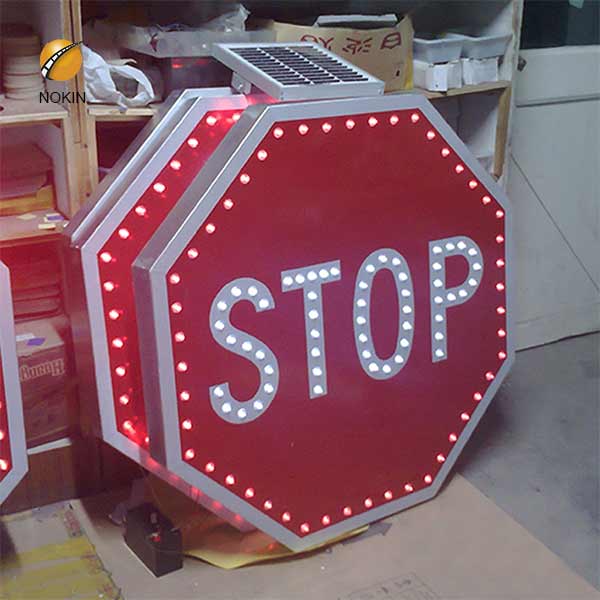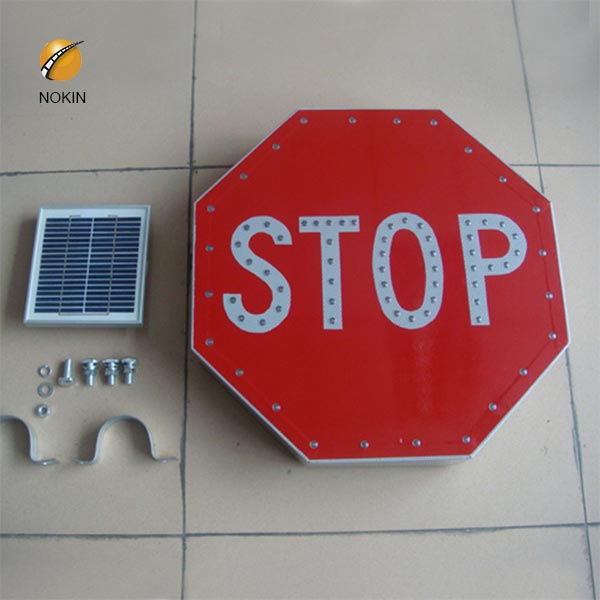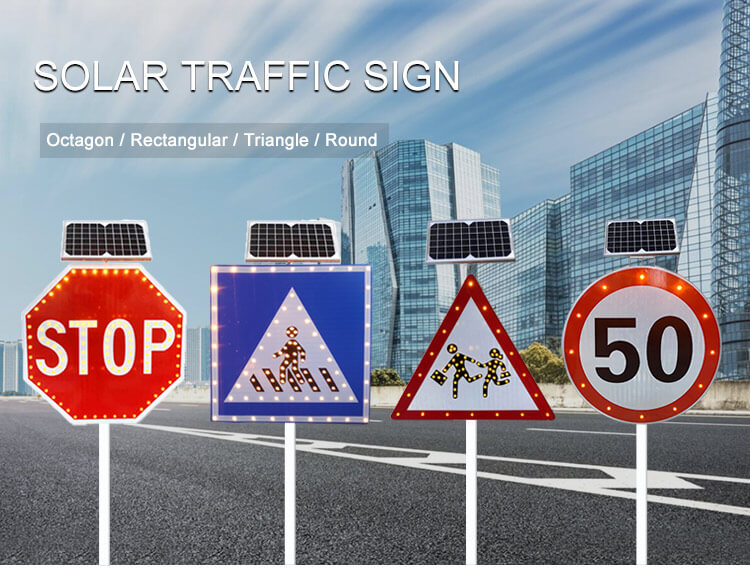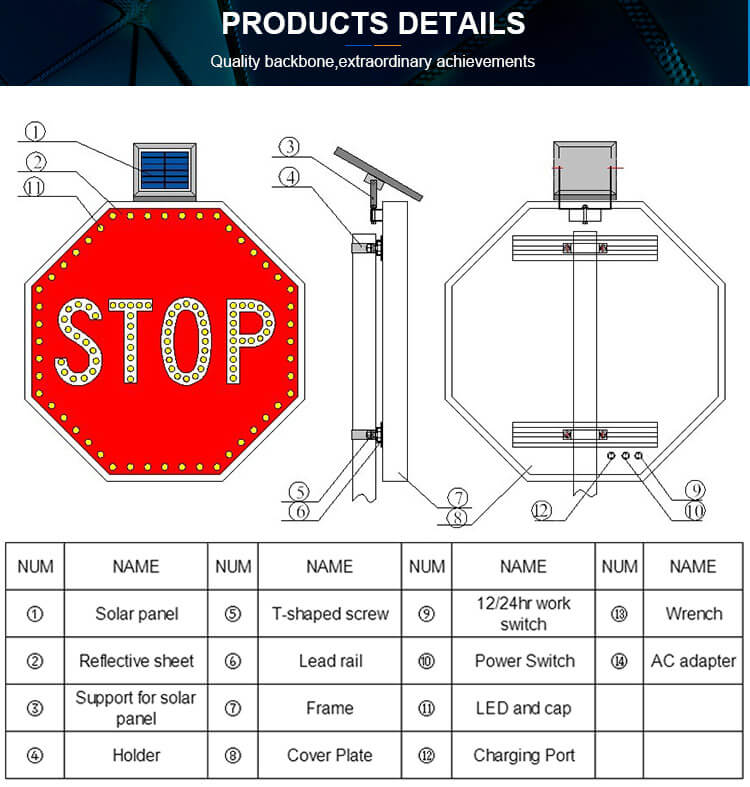




| Material: | Aluminium&Galvanized sheet |
| Reflective film: | 3M Engineering grade or 3M diamond grade |
| Solar panel: | 15V/8W or custom |
| Battery: | 12V/8Ah or custom |
| Voltage: | DC 12V or DC 11.1V |
| Leds distance: | <4.5CM |
| Led color: | Red, Yellow or White |
| Flashing frequency: | 50±2/min |
| Visual distance: | >800m |
| Working in rainy days: | 360H |
| Size: | 600mm /800mm /1000mm or Custom |

1/7/2017 · The results of a study on the life cycle assessment of the production of monocrystalline silicon photovoltaic (PV) solar cells in China showed that the emission of greenhouse gases ranged from 5.60 to 12.07 g CO 2 eq/kWh [75]. A 62.7 kW photovoltaic system has a life-cycle emission rate of 50 g CO 2 eq/kWh.
As long as you can avoid physical damage to your solar panels, they will continue to produce energy for many years, possibly far beyond the 25 to 30 year “lifetime” of typical solar panels. You can even buy specialty products to prevent specific types of physical damage to your panels.
13/7/2020 · The new solar flow battery's long lifespan and 20 percent efficiency make it the best solar flow battery device yet, researchers say, but real
The above equation shows that the temperature sensitivity of a solar cell depends on the open-circuit voltage of the solar cell, with higher voltage solar cells being less affected by temperature. For silicon, E G0 is 1.2, and using γ as 3 gives a reduction in
The Life Expectancy of Solar Panels When you’re considering investing in a solar installation, wondering how long home solar panels last is a question that inevitably pops up. To put your mind at ease studies have proven solar panels can last anywhere between 25
At this rate, it takes 34.5 days for the Sun to cross the 34 wide eclipse zone centered on each node. Because the Moon's orbit with respect to the Sun has a mean duration of 29.53 days, there will always be one and possibly two solar eclipses during each 34.5-day interval when the Sun passes through the nodal eclipse zones.
LONGi Solar is a world leading manufacturer of high-efficiency mono-crystalline solar cells and modules. LONGi Solar has been focusing on MONO for 18 years and is the largest supplier of mono-crystalline silicon wafers in the world.
The average lifespan of solar panels is 25 years. However, this doesn’t mean the panels on your roof will stop producing electricity after a couple of decades. It just means that after that point, their energy production may decrease beyond what solar panel manufacturers will guarantee their rated production output.
According to a paper published in the journal Science, researchers report they they have now hit an efficiency of 29.15 percent in the perovskite/silicon tandem solar cell category. ScienceAlert reports: For this type of panel, the long-term target of more than 30
A solar panel is relatively a simple device with no moving parts; the key components susceptible to failure are the solar panels and inverter. However, high quality products tend to have long lifecycles which are reflected in the long product warranties available, particularly for solar panels.
Lecture 18 The P-N Junction (The Diode). Today: 1. Joining p-and n-doped semiconductors.2. Depletion and built-in voltage. 3. Current-voltage characteristics of the p-n junction. Questions you should be able to answer by the end of today’s lecture: 1. What
Monocrystalline solar panels have the highest efficiency values of the market with ratings varying between 15-22.2% and a lifespan of 25-30 years. Iconic solar panel manufacturers of monocrystalline technologies are SunPower, LG, and JinkoSolar.
21/1/2021 · Long lifespan Because lithium ion batteries have a high DoD and don’t need to be charged and recharged as often, they have a long lifespan. Most lithium ion solar batteries have a minimum warrantied lifespan of around 10 years, or a cycle life of 10,000 cycles
29/4/2016 · Over 25 years, that adds up to a total of 6.96% meaning your panels will operate at 93.04% of their original capacity in 2045. If you invest in Tier 2 solar panels, your panels will degrade .50% each year and at the end of a 25-year warranty, they will operate at about 88.67% of their original capacity.